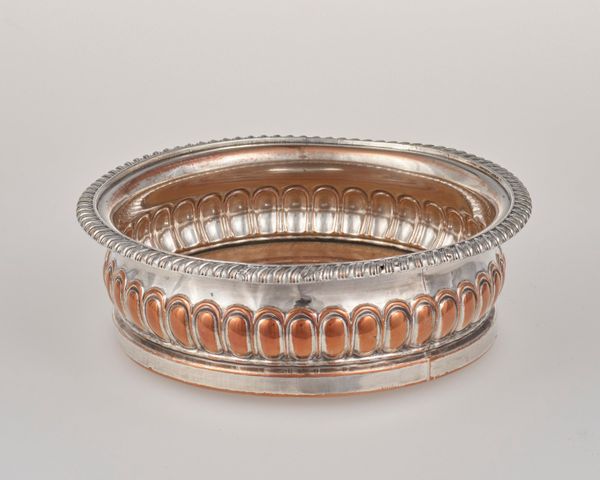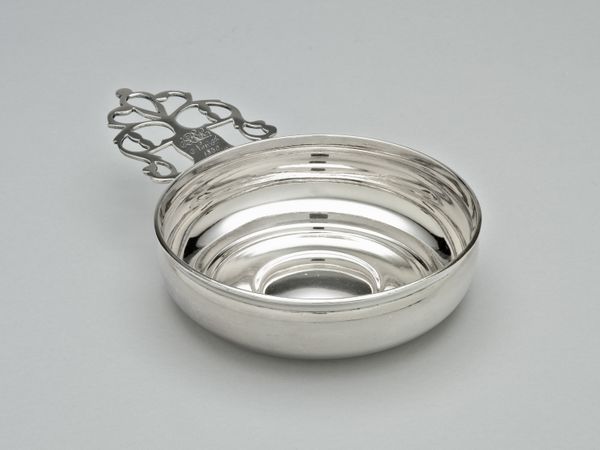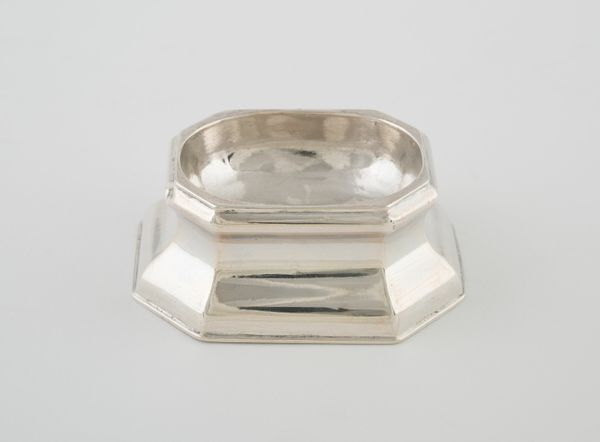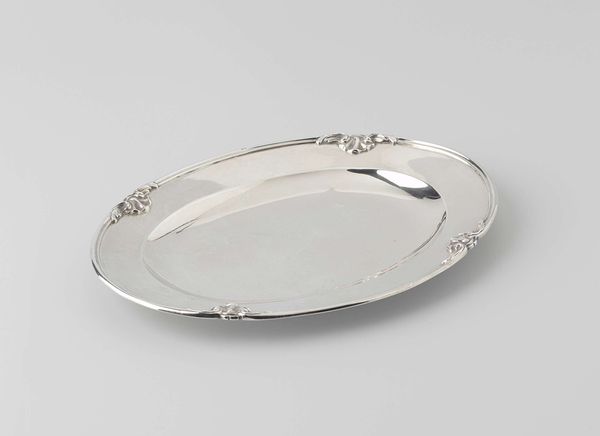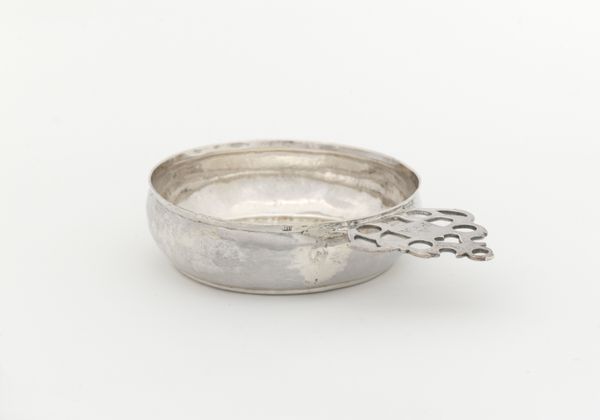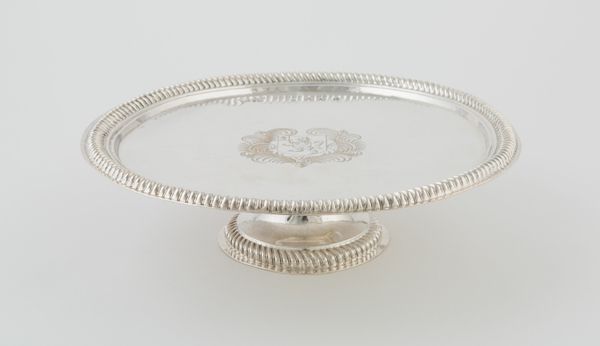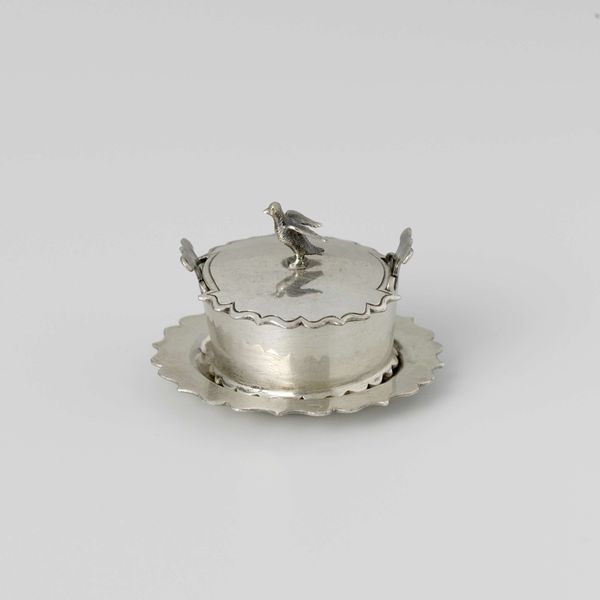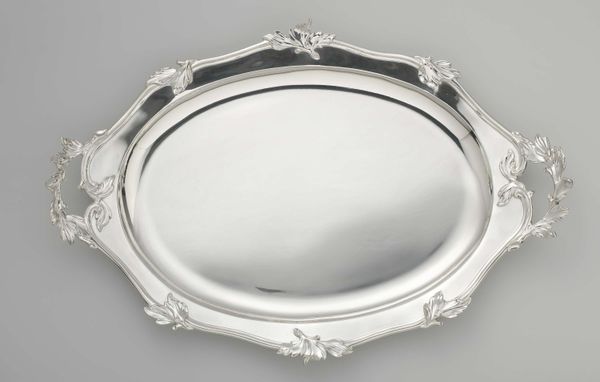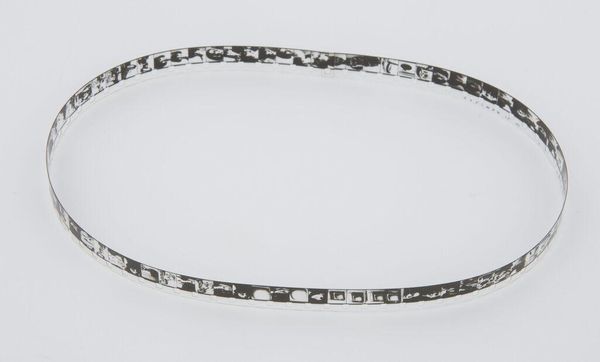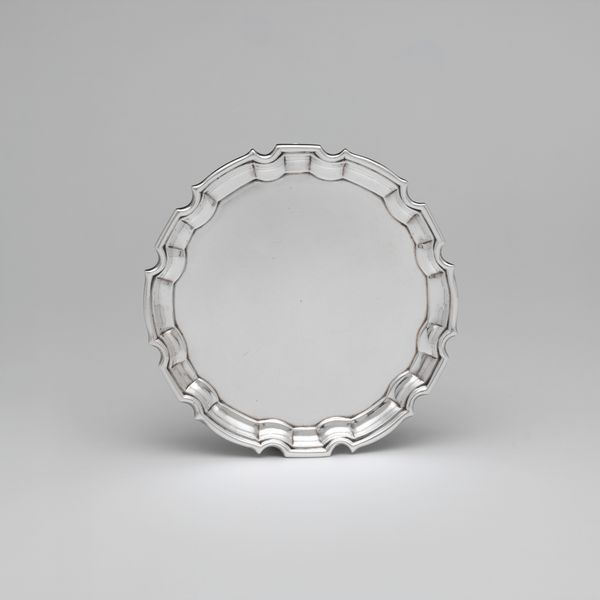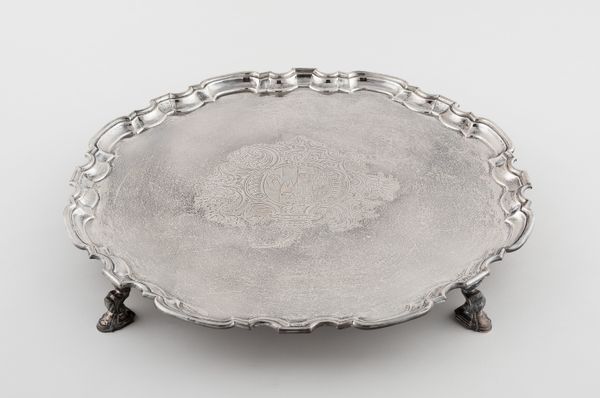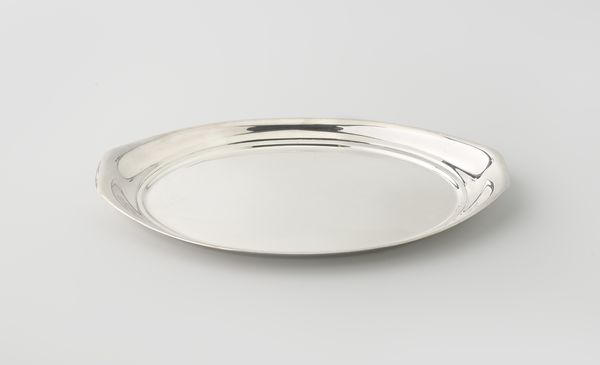
silver, metal
#
silver
#
baroque
#
metal
#
decorative-art
Dimensions: 1 1/8 x 6 x 6in. (2.9 x 15.2 x 15.2cm)
Copyright: Public Domain
This small silver "Waiter" was created between 1710 and 1720 by John Tuite. Note how its circular form and reflective surface capture and play with light, creating an almost ethereal shimmer. The design relies on a delicate balance between symmetry and asymmetry. The three legs provide a stable base, yet their subtly varied positioning introduces a dynamic tension. The scalloped edge, while uniformly patterned, also possesses an organic quality, reminiscent of natural forms. This tension between the manufactured and the organic is key. Considered structurally, the "Waiter" operates as a sign, connoting social rituals and hierarchies. Serving as a stage for objects, the waiter's polished surface elevates the status of items placed upon it, transforming the mundane into something of value. The material itself, silver, traditionally signifies wealth and status. It speaks to a culture deeply invested in symbolism and the communication of social standing. The form and material are interwoven, speaking volumes about the era's values.
Comments
No comments
Be the first to comment and join the conversation on the ultimate creative platform.
